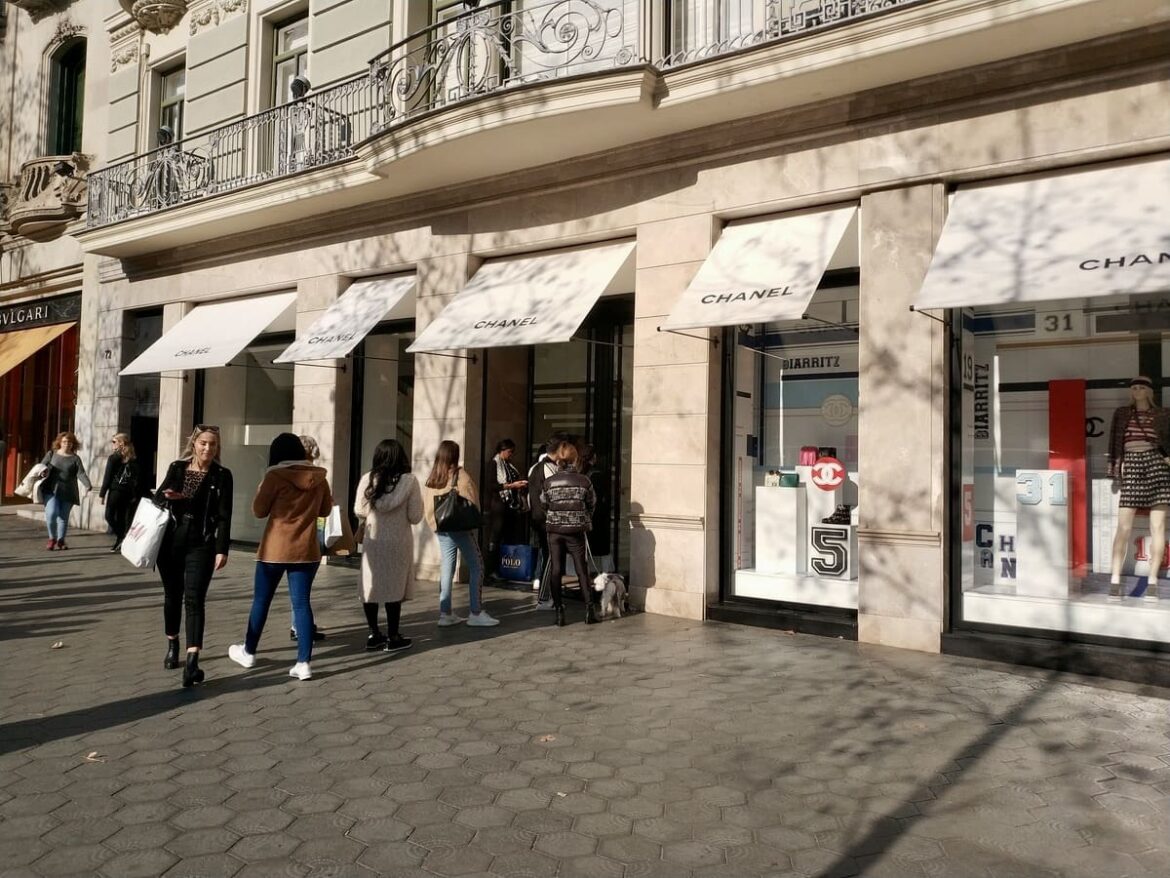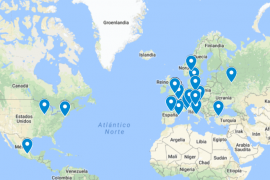American Vintage, Dr. Martens, Swatch, Hublot, Guimaguas, Ecoalf, Natura, Panerai and Arket are some of the brands that have recently decided to set up shop on Passeig de Gràcia in Barcelona. Some have already opened their stores and others are preparing to disembark on the emblematic avenue which, for yet another year, has consolidated its position at the top of the podium of the most expensive shopping streets in Spain.
According to the consulting firm Cushman & Wakefield, the Passeig de Gràcia, which just this year celebrates its 200th anniversary, has reached a rent of 3,000 euros per square meter per year in 2023.This figure represents a 9% increase over last year and allows it to climb one position in the world ranking of streets most desired by the major brands.
Specifically, Passeig de Gràcia has moved from 18th to 17th position in the Main Streets Across The World report prepared by Cushman & Wakefield. Once again, this ranking is led by New York’s Fifth Avenue, where rents reach 20,384 euros/m2/year, followed by Italy’s Montenapoleone, in Milan, which has reached 18,000 euros/m2/year after being revalued by 20%. This Milanese street has snatched second place from Hong Kong’s luxurious Tsim Sha, with 15,219 euros/m2/year. The world top 5 is completed by New Bond (London) and Champs Elysees (Paris), with rents of 14,905 and 11,414 euros/m2/year, respectively.
In Spain, the main shopping streets have increased their rents by an average of 9%, a figure that is well above the average for global prime rents as a whole (+4.8%) and for Europe (+4.2%). Behind Passeig de Gràcia, the second most expensive Spanish shopping street is Serrano, in Madrid, with rents of 2,940 euros/m2/year, also up 9% and in 33rd place in the world ranking.
In third position is once again a Barcelona street, Portal de l’Àngel (2,880 euros/m2/year), followed by Preciados and Gran Vía, in Madrid. Marqués de Larios (Málaga), Colón (Valencia), Gran Vía (Bilbao), Tetuán (Seville), Jaime III (Mallorca) and Plaza de la Independencia (Zaragoza), are other major Spanish shopping streets.
“Vacancy in prime super prime locations remains low, which creates competitive tension when space becomes available, and this is reflected in rising rents,” explains Robert Travers, head of Retail for Cushman & Wakefield in the EMEA region. “Even as consumers have chosen to cut back in a time of economic uncertainty, retailers have been securing or upgrading flagship stores in key markets,” he adds. In the expert’s opinion, physical stores “are a fundamental part of the value proposition of any brand; they are the physical materialization of the brand, something that is very difficult to achieve through the digital channel. It is for this reason that we find more and more products available exclusively in physical stores, thus promoting authentic and real experiences.”




















